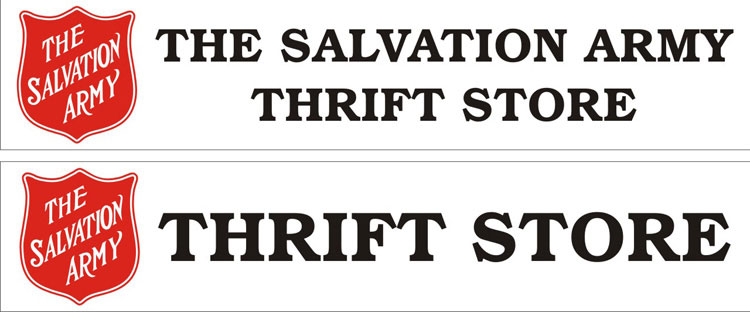Vinyl—The most ubiquitous type of banner, vinyl banners almost comprise an encyclopedia of its own. The main structure of vinyl banners is often a polyester grid of fine mesh known as scrim. This gives the banner strength. The heavier the mesh, the stronger the banner, but the more visible the grid pattern is on the banner surface. This grid is then coated with PVC. Banner that is made without the scrim mesh is both less expensive and less strong than scrim vinyl banner. True solvent and UV-curable inks are the best choices for uncoated vinyl banners. Vinyl banner is the best material for general, all-round use—it is tough, durable and weather resistant.
Mesh—This banner material is similar to the scrim vinyl banners in construction, except that the spaces between the polyester grid are left open. This serves several purposes. With outdoor applications, wind can present a lot of stress to a large, exposed banner face. The holes in mesh banner allow the wind to pass through, relieving a lot of the stress. Another benefit is for building wraps that cover windows. The third use is for specialty exhibits and theater effects. Lighting can be used to make scenes appear and disappear behind the mesh screen. Mesh banner is also available in double-sided versions.
The main thing that differentiates various mesh banners is the strength of the mesh and the size of the holes. The larger the holes, the more light and wind can pass through. But this also means that less of the banner area is printable surface, making the images less distinct. The further the viewing distance from the banner, the less difference this makes.
Cotton—Cotton banner material provides a loose, natural look that is appropriate in many situations. It is only appropriate in controlled situations though, as it is not waterproof or cleanable. While many ink types will print onto cotton, dye inks work the best. A backing sheet is often required to stop the cotton from stretching in the printer.
Polyester—These banner fabrics are water proof and very tough. Polyesters also have a huge range of translucence. They can vary from completely opaque banners that can be imaged on both sides to almost invisible wisps of silk-like cloth that provide a ghostly ambience. Solvent inks will adhere to these materials, but often look washed out. Dye-sublimation is usually the best choice for imaging onto polyester. These bright, dynamic banners look good indoors or out.
Paper—What can we say about paper? Cheap, not durable, but effective for many applications. Printable with almost any inks and printers, it is an ancient workhorse that will probably always be viable.
Tyvek—This is a special banner cloth developed by DuPont that is made from spun polyethylene, it is tough, waterproof and inexpensive. Most types of ink can print on it, some in coated format only, of course. It can be sewn, glued, grommet, cut, stretched or twisted.
Canvas—Cotton-based canvas banner material usually has a white coating on one side to facilitate printing. It creates art style prints that are attractive and durable. Best for indoor use only as the exposed cotton back doesn’t tolerate moisture very well.



